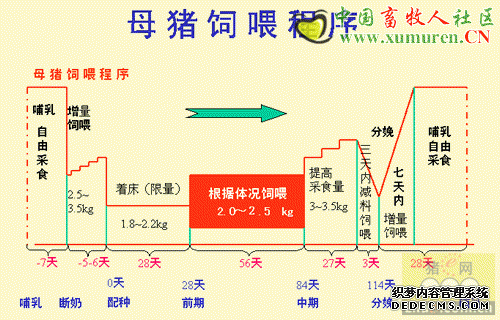By Norman Dunn - Better Pork Magazine - Large hog production units in Denmark, as elsewhere, aim for as uniform a batch of pigs as possible per feeding pen. But costs per hog feeding place spiral for smaller enterprises trying to follow this system. With limited numbers of young feeders coming into the finishing barn each month, trying to maintain uniform batches means forming smaller pens with much higher costs per kilogram of pork produced.
Better Pork
Magazine
June/July 03
SUBSCRIBE
BACK ISSUES
CONTACT US
In Denmark, the small units most affected by this problem tend to be organic enterprises. To help this sector out, the Danish Applied Pig Research Program has looked at the possibilities of adopting large communal pens holding a range of feeding pig sizes from around 20 kg liveweight right through to slaughter.
Two big surprises were in store for the researchers when they ran a pilot trial last year.
First, fighting and injuries resulting from the addition to the communal pen of new young pigs every six weeks were extremely low compared with mixing of same-weight pigs on conventional systems. Second, weight gain and feed conversion performances were just as good as those achieved in a static control group of uniform-size pigs in the same barn.
And in terms of space saving, the mixed-size pens proved to be way ahead of the static group with 160 kg liveweight produced per sq.m over the 20-80 kg liveweight feeding period compared with just 100 kg per sq.m in the control group.
The trial featured three systems: a "control" pen of 20 pigs comprising two litters of the same age; a pen of 30 pigs comprising three litters with a six-week span in ages; and a pen of 60 feeding pigs comprising six litters. In the latter case, the batch consisted of pairs of same-age litters with a difference of six weeks between each of the three age groups. In practice within this group, one batch of two litters was added to the pen as the oldest batch was withdrawn for slaughter.
In both the 30-hog and 60-hog mixed pens, fighting was extremely low when new animals were added, according to the Danish researchers. For both, around 0.6 "aggressions" were recorded per pig in the first day after mixing. This also meant a very low level of additional stress for the newcomers.
Feed conversion ranged between 2.3 to 2.9 feed units (SFU): 1 kg liveweight gain with the performance distributed equally between control and mixed-size pens. (The SFU represents an energy value equal to approximately one kg of barley.)
Source: Better Farming: Better Pork Magazine - June 2003
声明
来源:互联网
本文地址:http://farm.00-net.com/yz/zhu/5/2007-09-20/142412.html








